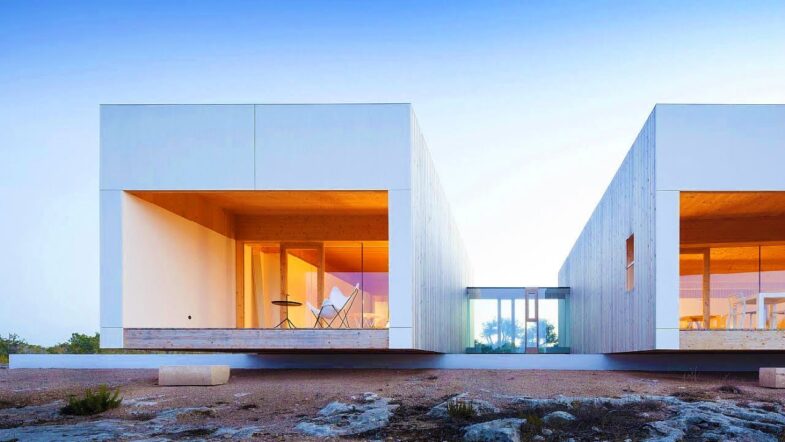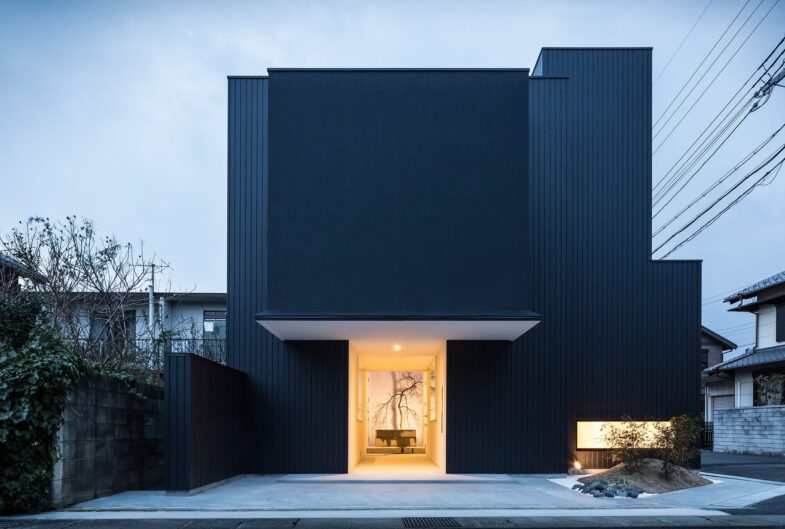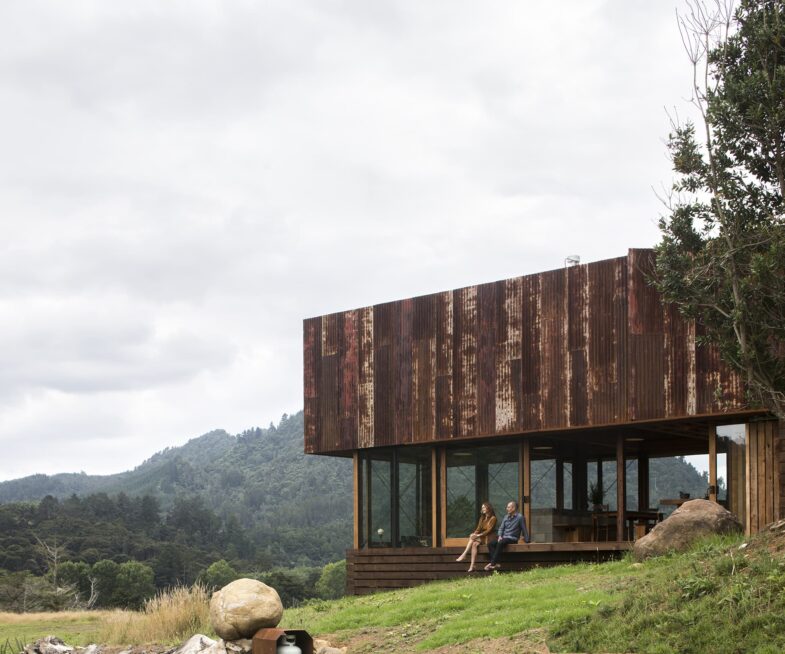In the ever-evolving landscape of architecture, New Zealand finds itself at the forefront of a notable transformation, shaped by the guiding principles of minimalism. This design philosophy, defined by its commitment to simplicity, functionality, and a deliberate emphasis on essential elements, has become a defining force in reshaping both the visual appeal and practical functionality of modern structures throughout the country.
In this in-depth exploration, we embark on a journey to uncover the fundamental facets of minimalism and its profound influence on the architectural scene in New Zealand. Moreover, we will illuminate the invaluable contributions made by New Zealand architects, whose innovative interpretations of minimalism have sparked a compelling architectural revolution within the nation.
Quick Navigation
Understanding Minimalism
Minimalism, as a design concept, emerged in the mid-20th century as a reaction against the ornate and elaborate designs of previous eras. The fundamental tenets of minimalism involve the use of clean lines, a restrained colour palette, and a deliberate reduction of unnecessary elements. New Zealand architects have wholeheartedly embraced this approach, creating structures that seamlessly blend with the natural landscape and exude simplicity and tranquillity.
Integration with Nature
A distinct feature of minimalism in New Zealand architecture is its harmonious integration with the surrounding environment. The awe-inspiring landscapes of New Zealand serve as a wellspring of inspiration for architects who strive to design structures that not only coexist but enhance the natural beauty of their surroundings. Clean lines, open spaces, and an emphasis on natural materials contribute to a sense of unity between the built environment and the lush landscapes of New Zealand.
Efficiency and Functionality
Minimalist design places a premium on functionality and efficiency, key considerations for architects in New Zealand. The country’s diverse climate and topography demand innovative solutions that maximise energy efficiency and adaptability. New Zealand architects, guided by the principles of minimalism, have successfully crafted structures that not only meet these challenges but also elevate the overall user experience.
Spatial Awareness and Simplicity
Minimalist architecture in New Zealand places a strong emphasis on spatial awareness and simplicity. The use of open floor plans, uncluttered spaces, and a preference for natural light contribute to a sense of openness and airiness. New Zealand architects recognise the importance of creating spaces that offer flexibility and adaptability, catering to the evolving needs of occupants.
Influence on Residential Design
The impact of minimalism is particularly palpable in residential architecture across New Zealand. Homeowners are increasingly drawn to the clean and uncluttered aesthetics of minimalist design. In response to this demand, New Zealand architects are integrating minimalist principles into residential projects, resulting in homes that are not only visually appealing but also highly functional and easy to maintain.
Sustainable Practices
Minimalism seamlessly aligns with the growing emphasis on sustainability in architecture. New Zealand architects are incorporating eco-friendly materials and energy-efficient technologies into their designs, reflecting a commitment to environmental responsibility. The minimalist approach encourages a focus on what is essential, prompting architects to choose materials that have a minimal environmental impact.
The Role of New Zealand Architects
The architects of New Zealand play a pivotal role in shaping the country’s architectural landscape through their interpretation and application of minimalism. By adopting a philosophy that values simplicity, functionality, and harmony with nature, architects contribute to the creation of structures that stand as testaments to modern design principles.
Case Studies: Exemplifying Minimalism in New Zealand Architecture
To illustrate the impact of minimalism on New Zealand architecture, let’s delve into a few notable case studies that showcase how architects have successfully implemented minimalist principles in their projects.
Case Study 1: Te Hapua Halswell Centre, Christchurch
The Te Hapua Halswell Centre in Christchurch serves as a stellar example of minimalist design in a public space. Designed by New Zealand architects, this modern community centre seamlessly blends with its surroundings. Clean lines, a neutral colour palette, and an abundance of natural light create an inviting and functional space for community activities.
Case Study 2: K Valley House, Coromandel Peninsula
The K Valley House, nestled in the picturesque Coromandel Peninsula, exemplifies how minimalism can be applied to residential architecture. Designed to complement the natural beauty of its setting, this house features an open floor plan, large windows to maximise natural light, and the use of locally sourced materials, showcasing the architects’ commitment to sustainability.
Case Study 3: Len Lye Centre, New Plymouth
The Len Lye Centre in New Plymouth is a testament to how minimalism can be expressed through museum architecture. This cultural institution, dedicated to the work of artist Len Lye, features a minimalist exterior with clean lines and a striking metallic facade. The simplicity of the design allows the focus to remain on the art within, creating a captivating and immersive experience for visitors.
Conclusion
In conclusion, the impact of minimalism on modern architecture in New Zealand is profound. New Zealand architects have embraced this design philosophy, creating structures that not only reflect the beauty of simplicity but also contribute to sustainable and functional living spaces.
As the influence of minimalism continues to shape the architectural narrative in New Zealand, the country stands at the forefront of a movement that prioritises the essentials, creating a lasting legacy for generations to come. The union of minimalist principles and the ingenuity of New Zealand architects is paving the way for a future where form meets function in perfect harmony.
Related Inspiration:
💚💙💜 Do you know the colorful gadgets below are the most popular gifts on Amazon? The easiest way to brighten anyone’s day is by adding some bright colors to the environment. Inspired? Click the images below to explore!❤️💙💜














